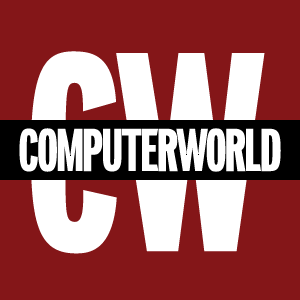
When I was a student, back in the days before the internet, guidance counselors and journalism teachers regularly coached me about the importance of creating a résumé that would stand out from the pack.
Much of that advice would not only be useless today but might even reduce the likelihood of finding a job.
Hiring has gone digital. Whenever you submit your résumé to any company with more than about 50 people, it’s almost certain to go into an ATS (applicant tracking system)—a category of software that is expected to constitute a $3.4 billion market in 2026, according to Verified Market Research.
ATS has been a godsend to human resources professionals because it enables them to efficiently ingest, categorize, and track a large volume of applicants. Most ATS systems use computer parsing to scan résumés and look for patterns. Computers are very good at this, but they have no sense of aesthetics, so efforts to visually stand out fall flat and may even knock you out of consideration.
“Formatting, graphics, and all of that extraneous stuff can end up harming your comprehensibility,” said Marc Cenedella, CEO of TheLadders.com, a service that provides job listings and resources for people seeking high-powered positions.
But it’s more than just graphics and images that can hurt your chances. Many of the tactics people have used for decades to help their résumés stand out are now downright career-killers. With 40% of employees currently considering a job change, it pays to know the rules.
Back to basics
An ATS essentially converts a résumé into data that machines can understand. It starts by stripping out all the formatting, colors, indexes, and tabs, turning the document into one long river of text. Fonts mean nothing. Photos and logos are just buckets of useless bits.
This has implications for how you should structure a résumé. Last fall, Cenedella contacted technical experts from the top five résumé parsing companies and summarized their advice in an excellent post on TheLadders.com site.
The recommendations were summed up by Robert H. Ruff, co-founder and president of ATS vendor Sovren: “The longer you spend formatting your résumé and making it unique, the less likely it is it’s going to get you hired,” he said.
Bar charts, graphics, and other visual elements are ignored, and even standard formatting can confuse the machines. For example, a résumé with just two columns on the page “can choke some parsers,” said Mihai Rotaru, head of research & development at Textkernel.
Tables can be just as confusing. Because parsers read sequentially down the page, a table may be translated into a column full of dates, another one of titles, and a third of companies. Rather than trying to unscramble such a mess, a recruiter might simply move on to the next candidate.
Formatting mistakes
Other no-nos: Headers and footers are unnecessary and can confuse algorithms. Contact information should be all in one place and ideally at the top of the document. Text boxes are verboten. Microsoft Word and Google Docs formats are fine, but avoid unusual file types.
“Avoid complexities. The simpler, the better,” said Christine Watson, marketing director at DaXtra Technologies.
PDFs present their own challenges. While a standard PDF contains a text layer that’s easily readable by a search engine, a scanned PDF is as useless as any other image. If you must scan your résumé, use optical character recognition to convert the scanned image into text.
Whatever you do, don’t use the LinkedIn feature that enables you to generate a PDF “résumé” from your profile. “It’s a mistake for people to use a PDF of their LinkedIn profile,” says Sovren’s Ruff. “It’s not accurately readable by parsing software.”
Ruff offers an even more striking admonition: “The Microsoft Word résumé template that’s been there for 30 or 40 years is the least readable template out there” because of its extensive use of tables, he said. “When a parser looks at it, it will find just a whole list of dates first, followed by all the other information.” I shudder to think of how many millions of résumés there are in the world that a Word template has condemned to obscurity.
The bottom line is that the most important skill you need to write an effective résumé today is the ability to compose a simple, clearly written page or two of text, with familiar key words that reflect your skills and experience. “A straightforward Word document with system font text is best,” said DaXtra’s Watson.
Next read this:


